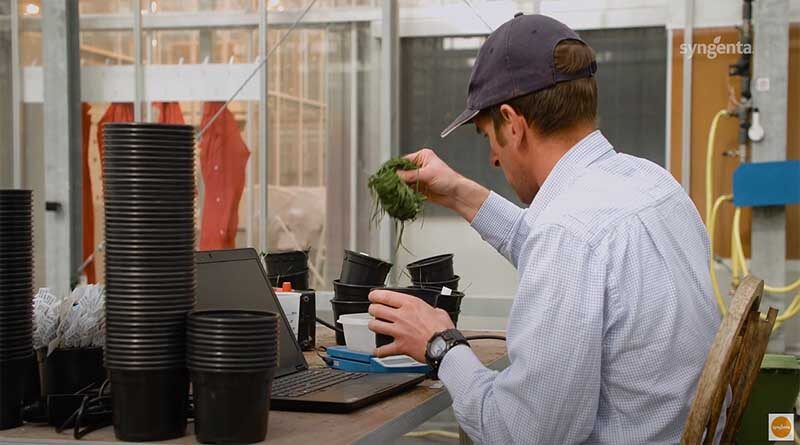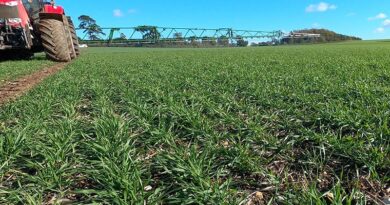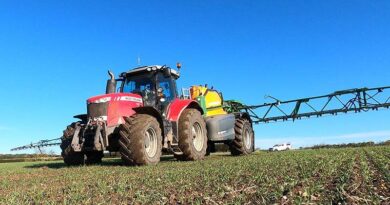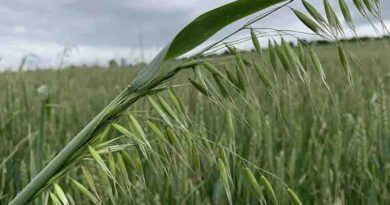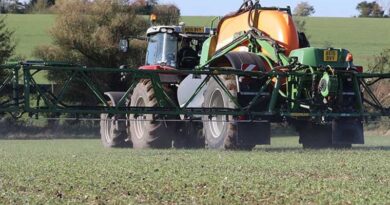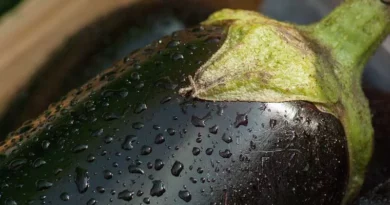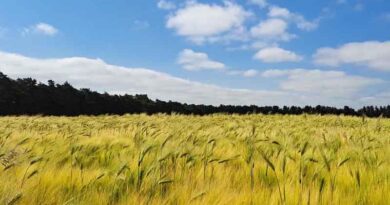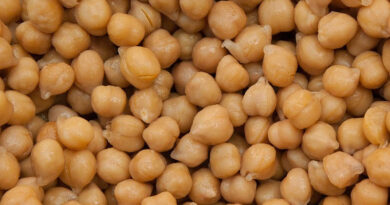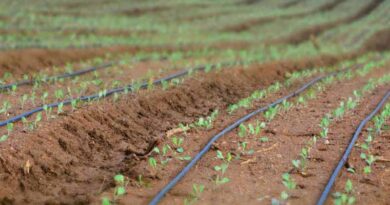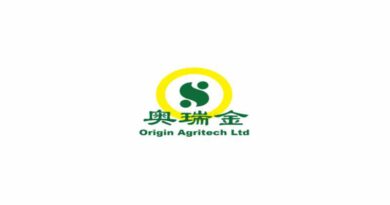Grass weed germination timing influences spring strategy
07 May 2022, UK: New research by NIAB is set to help growers and agronomists make more effective decisions on spring grassweed herbicide application timing and treatments. The trials, in partnership with Syngenta, will assess the competitiveness and risk of seed return from a range of key grass weeds, according to germination timing.
Syngenta grass weeds specialist, Georgina Young, outlined that growers and agronomists typically face the dilemma of making an early Axial Pro herbicide application to tackle overwintered weeds before they become too large and difficult to control, or delaying treatment to allow more weeds to germinate and emerge in the spring.
“Now we have pioneering research that will help to quantify just what impact the more aggressive overwintered weeds are having on the crop and how many seeds they are likely to produce, along with the consequence of later spring emerging weeds for crop competition and seed return,” she advised.
“That will enable more informed decisions on appropriate spring Axial Pro herbicide timing for different grass weeds, along with helping to calculate the most cost-effective options for herbicide rates required on different sized weed populations.”
The work is looking to assess the competitiveness and seed return viability of black-grass, wild oats, Italian ryegrass and brome species from different germination timings. Weeds have been propagated and raised under controlled conditions in NIAB glasshouses, with known populations of seedlings planted out into a field crop at precise timings and stages through the winter and spring.
NIAB weed biology and management specialist, John Cussans, explained: “One of the challenges for growers is that different weed species have different germination timings, and the consequence when we come to apply a herbicide is we have a whole range of weeds at different growth stages and sizes.
“In practice a large plant is clearly more difficult to control than a small one. That means weeds are frequently differentially controlled and the survivors have different levels of seed return,” he advised.
Mr Cussans pointed out that some crops have very limited options and opportunities for herbicide treatments in the spring, possibly only one permitted application. “Really understanding how these different species, how the individuals within the population, are contributing to seed return driven by their germination is how we are going to optimise that application timing for different weed species.”
Through the season the NIAB researchers will assess the biomass of the weeds in the crop from two autumn and three spring germination timings, as a gauge of the potential competitiveness, along with monitoring seed return from the different weed sizes at harvest.
For this season’s herbicide treatments, Mr Cussans highlighted the need to adapt herbicide rates to the variable sizes of weeds in the crop.
“You want to be picking the dose for the largest weeds in the mixed population,” he recommended.
“It’s really important to understand the nature of the grassweed population you’re looking to control; the species, the mix of individuals – to get the rates right and the application timing is absolutely critical.”
Also Read: India’s Summer crop acreages up by 4 percent

